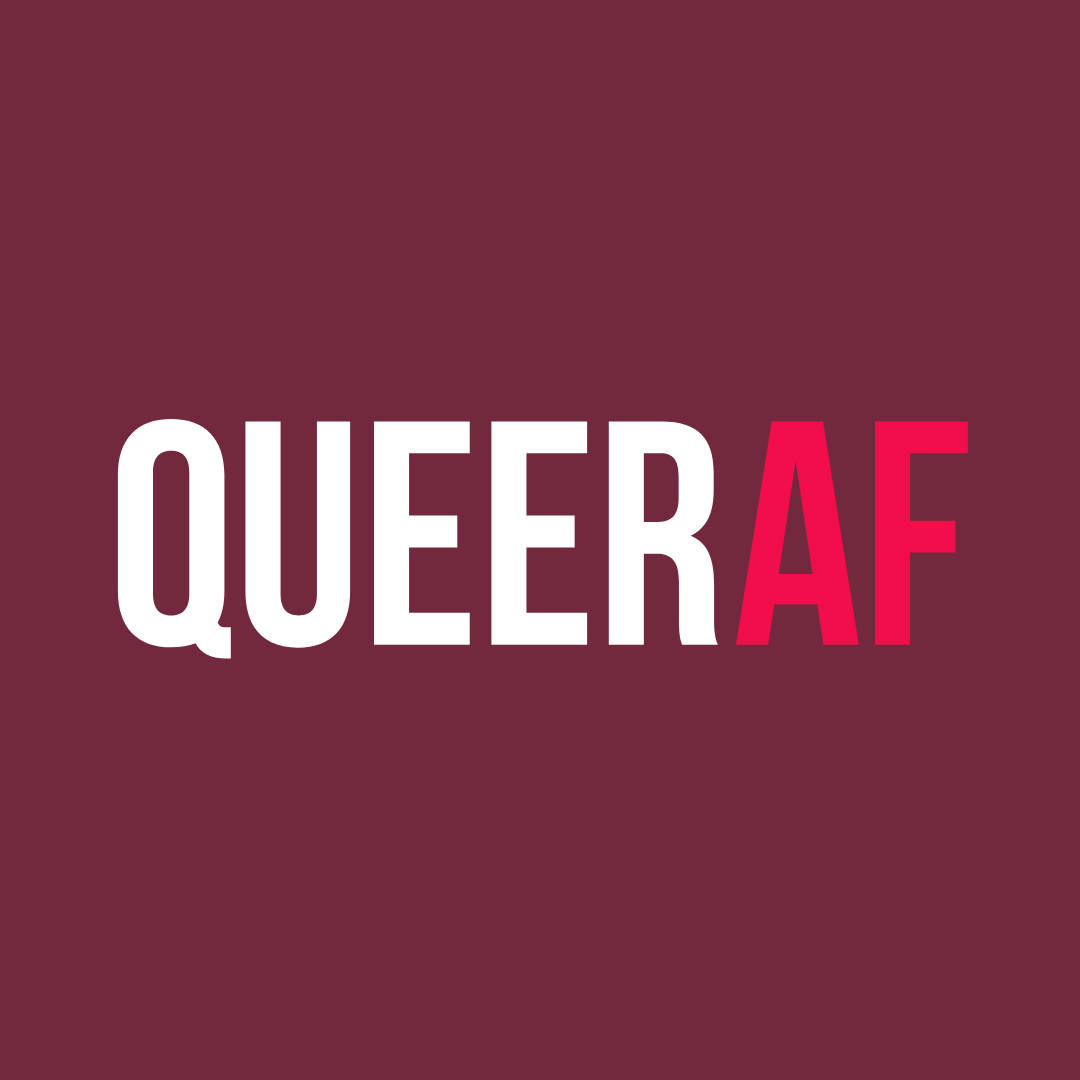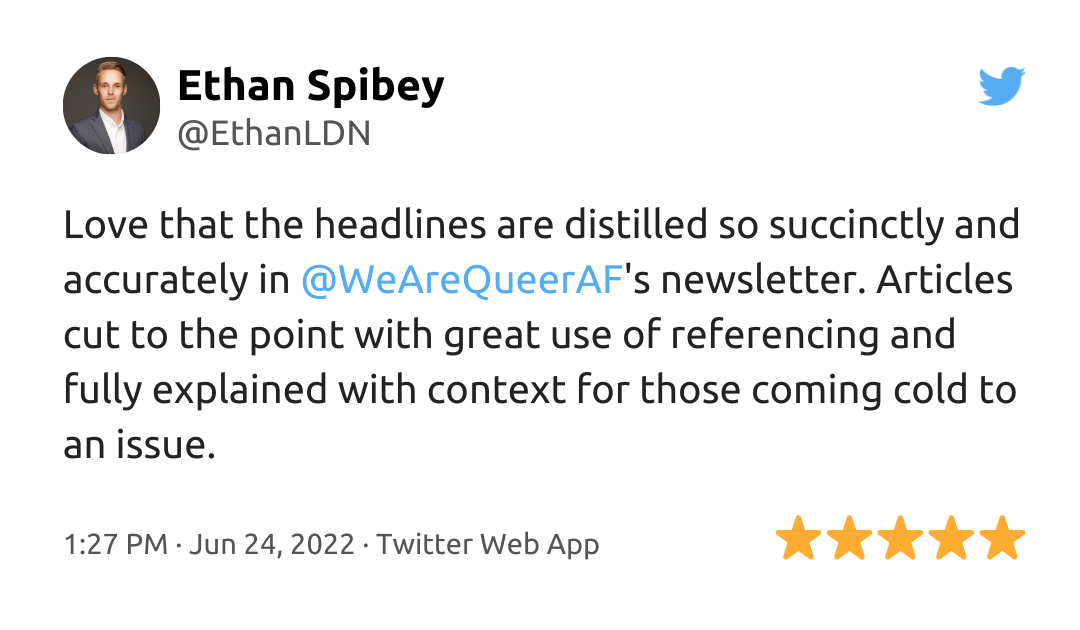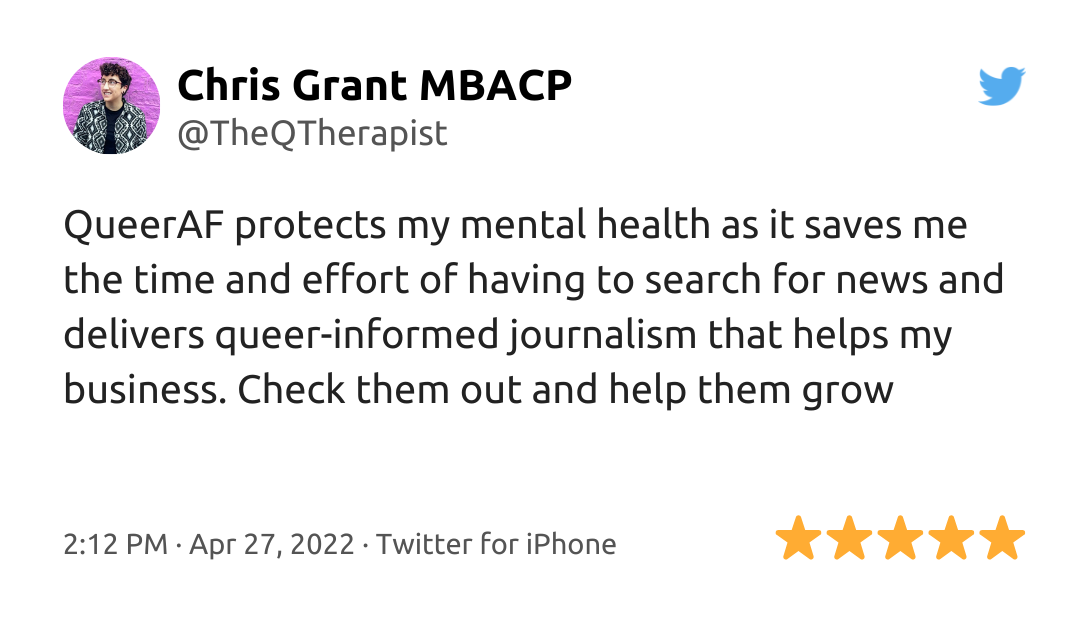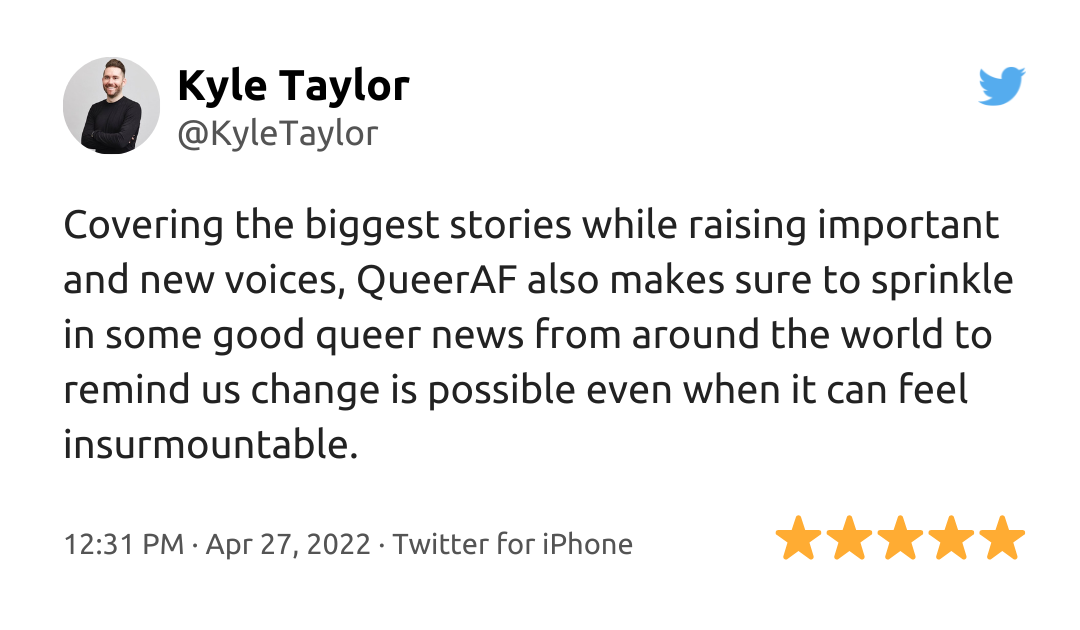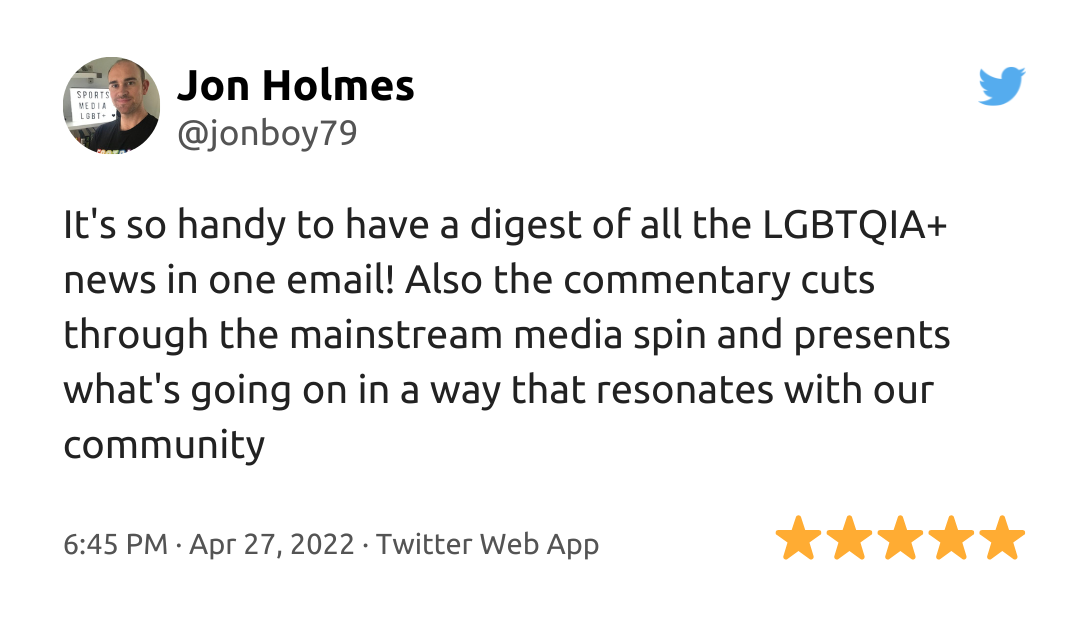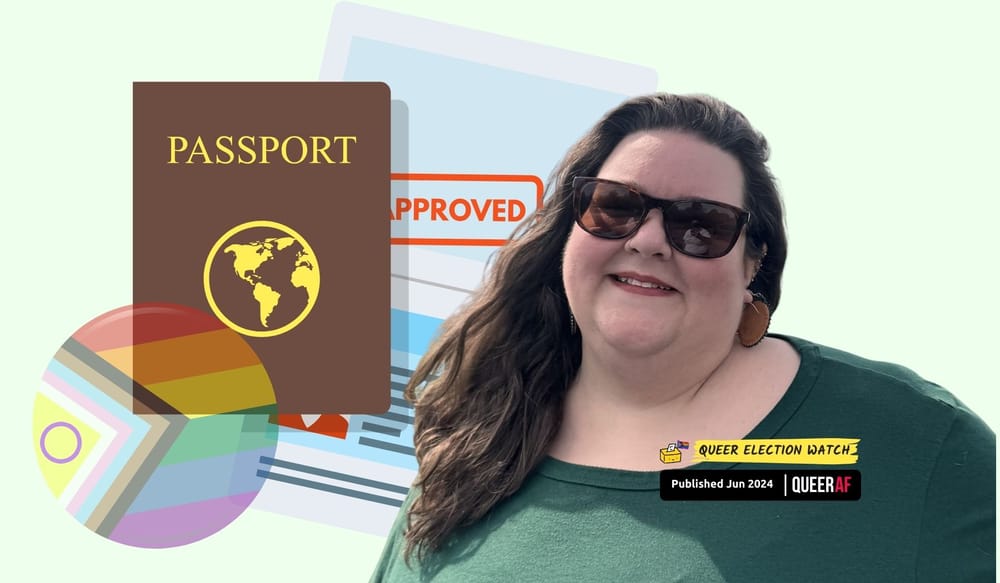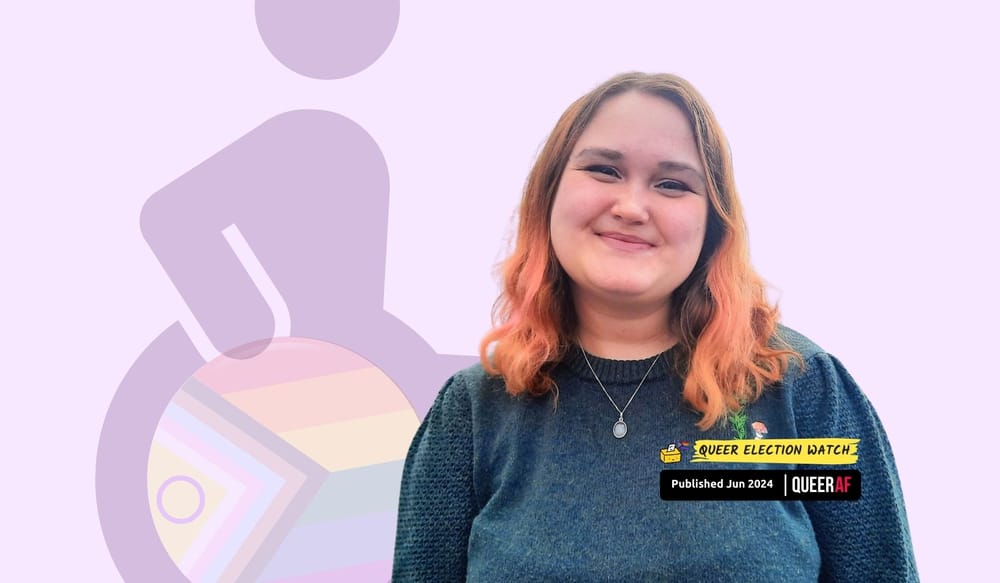
What does effective and age-appropriate LGBTQIA+ education look like for 4-year-olds? What do 9-year-olds have to say about trans people? Having delivered LGBTQIA+ workshops to over 100,000 primary children, I’ve got a pretty good idea.
The UK Government provides no clear guidelines or template on what LGBTQIA+ education should look like. Meanwhile, a Section 28 look-a-like consultation is seemingly seeking to restrict teaching about LGBT+ lives. Consequently, they leave teachers and schools in the dark.
However, by using the same framework as the rest of the curriculum, LGBTQIA+ education can be taught in line with child development, starting simple and increasing in complexity - and remaining, as always, age-appropriate. After all, this is what the current RSE curriculum calls for.
At Pop’n’Olly we’ve combined National Curriculum targets, research, best practice guides and over 50 years of teaching experience to develop a clear and expandable template to show how easy LGBTQIA+ education at primary level can be.
Take Early Years (Nursery to Reception) which already uses story-based learning to introduce family diversity. Teaching that, although all our families look different, they are all underpinned by love and care for each other is a great place to start. And actually, this is the message set out as primary school targets by the UK Government's RSE (Relationships and Sex Education) Guidance.
“That’s like my family,” a 4-year-old called out to me, pointing at a photo of a same-sex family on the board in one of our sessions. This is not an uncommon occurrence when delivering this session. After all, LGBTQIA+ families are common in schools. By talking about the different types of families that exist right across the UK, we can simply reflect the school community that exists, as well as teach about our wider society.
Meanwhile, at Key Stage 1, introducing topics such as gender stereotypes encourages children to think about how a person’s gender doesn’t need to dictate their likes, dislikes, style, emotions, or ambitions.
Having taught these lessons to hundreds of children, I can tell you that this is not new to them. “Of course boys can like pink!” a Year 3 child told me recently.
When showing childhood pictures of myself (without telling the children it’s me) and asking if they think the child is a boy or a girl, it’s not uncommon to have a 7 or 8-year-old tell me the child might be trans or non-binary.- What’s striking to me when this happens is we don’t even discuss this at this age, nor do many schools. Y- and yet they already know, understand and speak about this with care and compassion.!
With 63% of 8-15-year-olds knowing someone close to them who is LGBTQIA+, children having the knowledge and understanding of LGBTQIA+ lives isn’t surprising.
Consequently, in our sessions, when we discuss sexual orientations and gender identities in upper Key Stage 2 (Years 5 and 6), the majority of children are already well-informed about different identities and are much more interested in whether or not I've watched the latest season of Heartstopper yet.
A simple, evidence-based template that is now used by schools around the UK is empowering teachers to lead primary education into a more inclusive future. And what do the children have to say?
They believe that everyone should feel safe and accepted in school. Their answers on how to make everyone feel included are bursting with knowledge and acceptance. They speak of a bright, inclusive, and joyful future for everyone—something we all strive for. Therefore, it seems only fair that we give them the education they deserve.
Stay tuned to Queer Election Watch for more on the issues that matter to you. Check out the most recent policy check, on conversion practices, on DIVA and QueerAF now.

For media as diverse as we are.
"As someone that didn't go to University I often doubt myself as a capable communicator, especially as the first Director I worked for at the Guardian told me I'd never be eloquent enough if I didn't have a degree.
"But I can categorically say that the half hour editing and feedback chat with Jamie Wareham has built my confidence and given me far more valuable advice. What a profoundly beautiful thing QueerAF are doing within news & media."
That's what Ray Cooper, who also wrote in the Queer Election Watch series said about our approach and support with this week's Queer Gaze article.
That's the power of our work; that's the power of our unique approach to journalism; that's what over 300 QueerAF members help us do.
Are you the next one to help us develop a new generation of LGBTQIA+ journalists who can work in the media, to change the newsroom so together - we can change the country?



